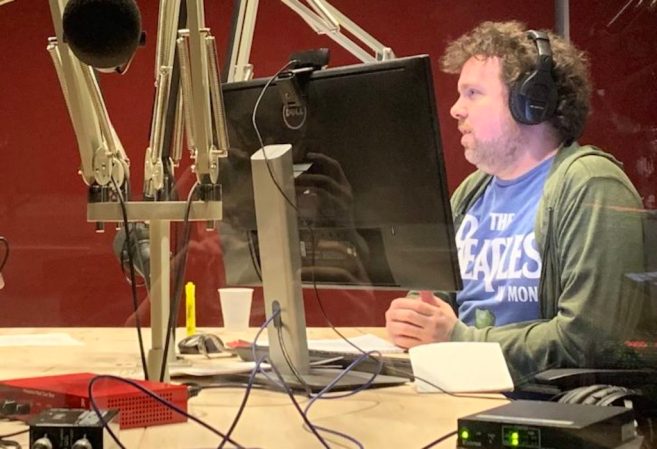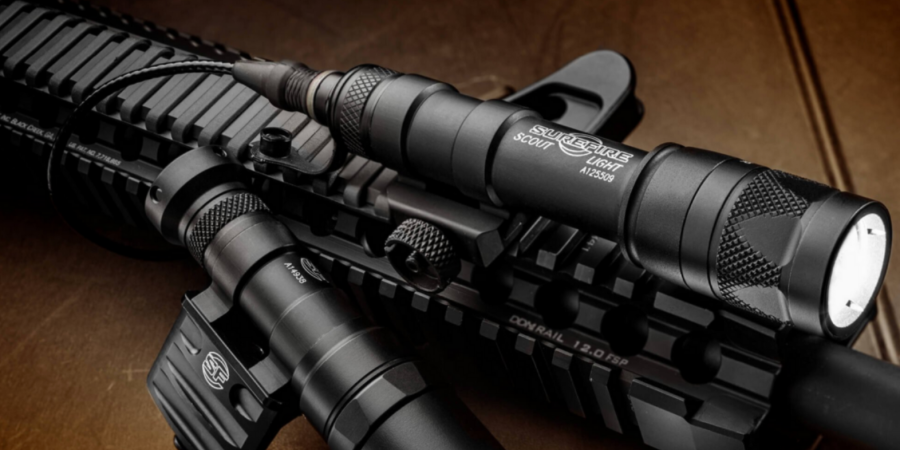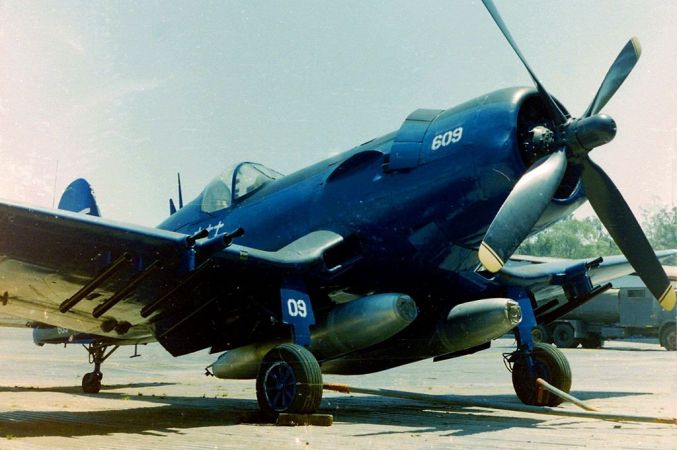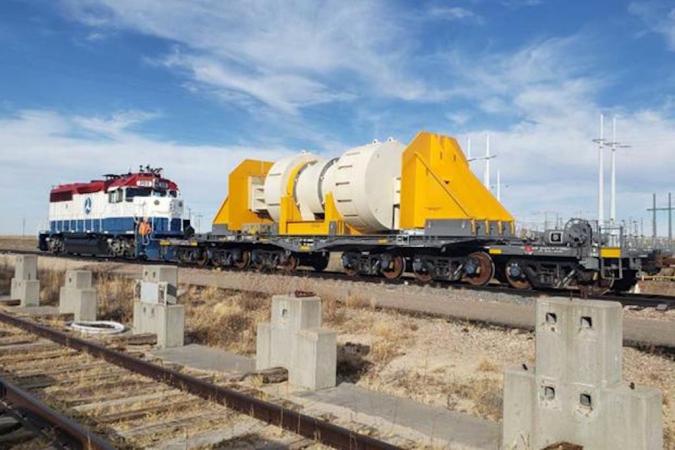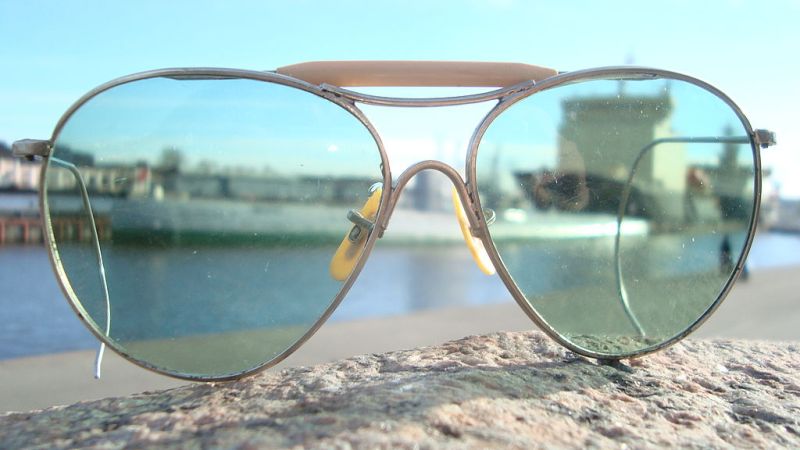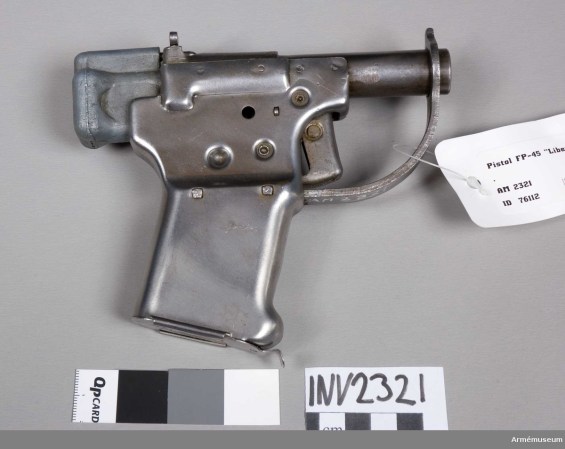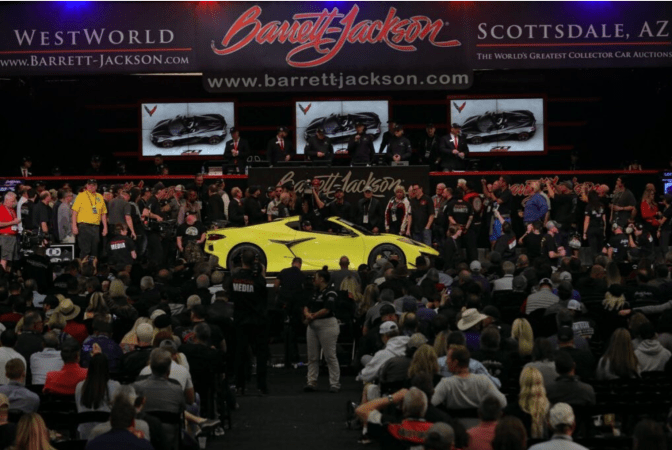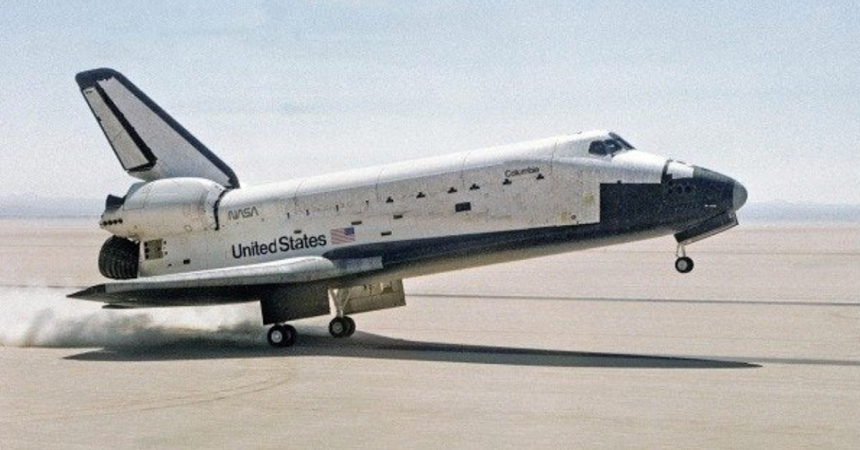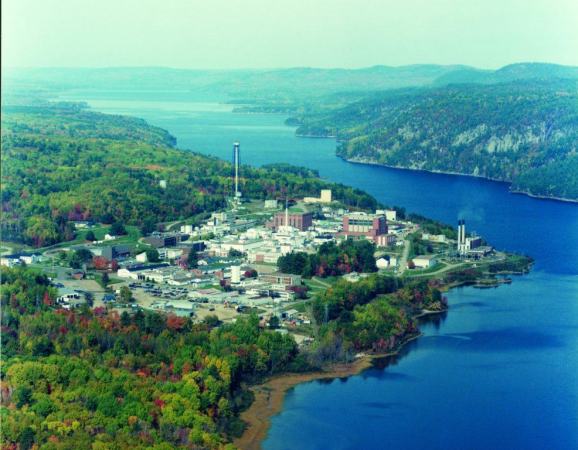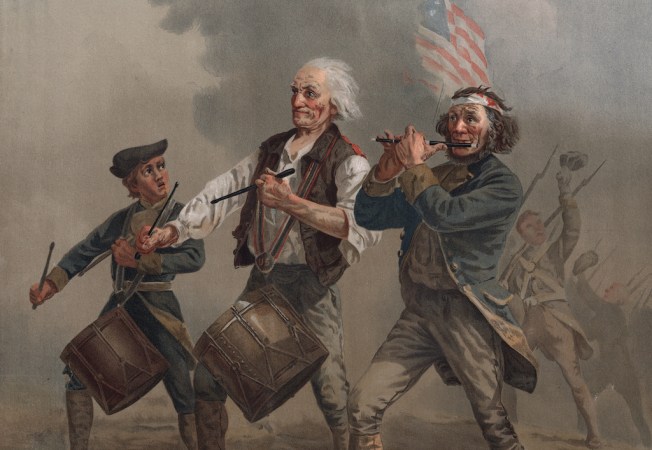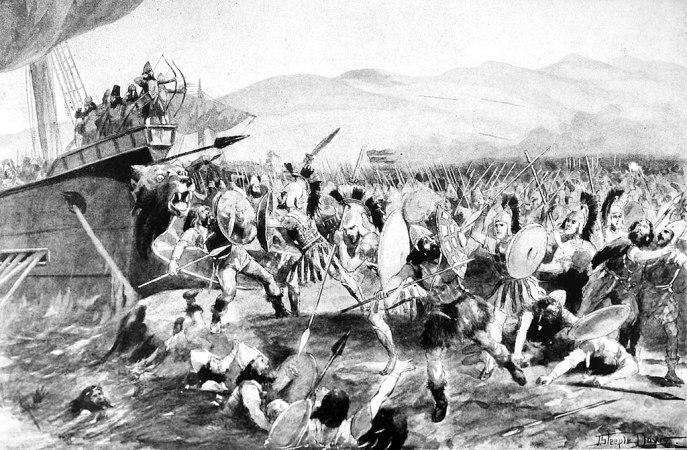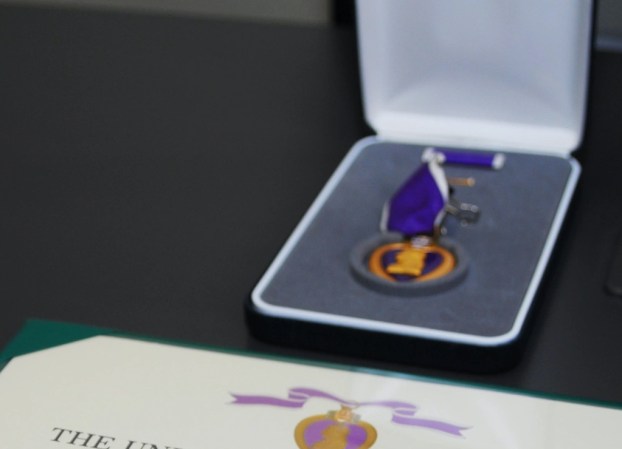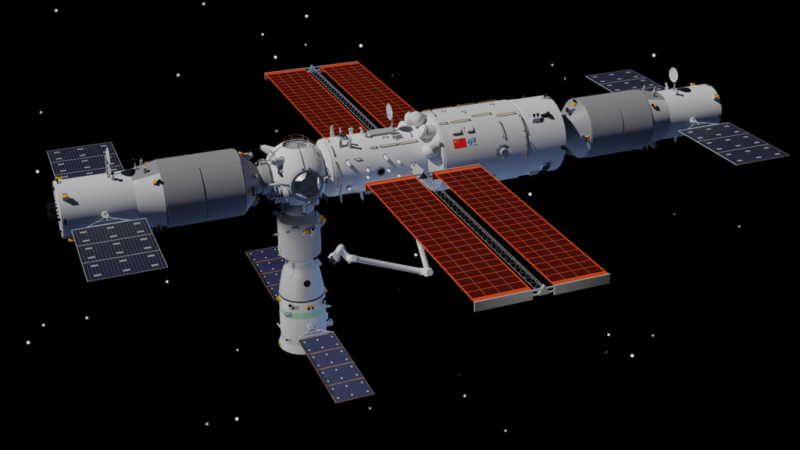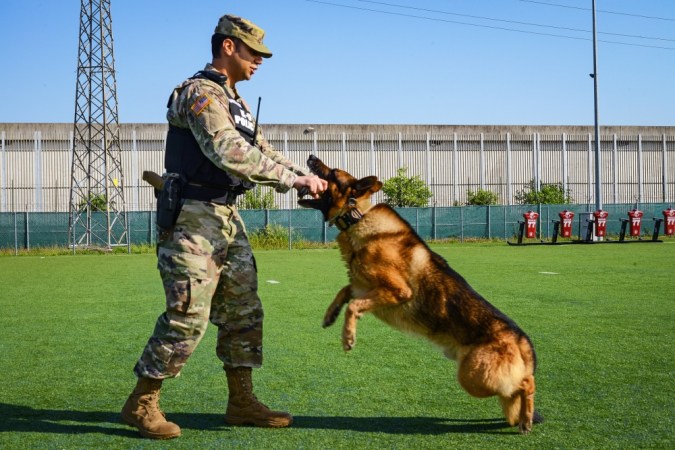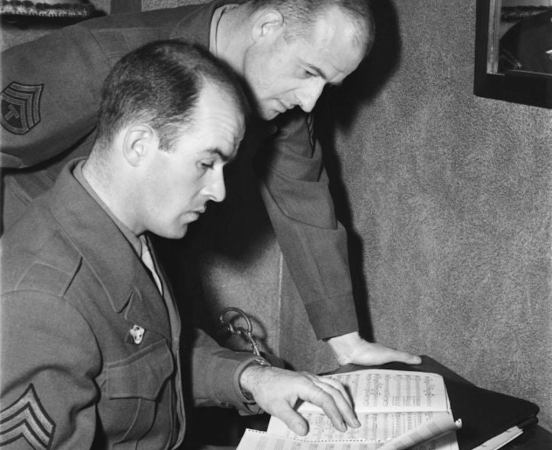Despite the creation of the United States Space Force, we’re still a long way off from building blasters like ones in the Star Wars universe and defeating our enemies with intense bolts of plasma energy. That’s right, they’re not lasers. In the Star Wars universe, ranged weapons are primarily powered by an energy-rich gas that is converted to a glowing particle beam. A far cry from jacketed lead ammunition propelled by gunpowder, or slugthrowers as they’re known in Star Wars, many of the blasters used in a galaxy far, far away are actually built from real-life firearms that are more familiar to us.
With a very tight budget of $11 million, or just under $50 million today adjusted for inflation, George Lucas and his film crew elected to modify real-life surplus weapons rather than create futuristic weapons from scratch. Weaponry and prop supplier Bapty & Co was contracted to provide Star Wars with modified surplus firearms to serve as space-age blasters. However, because of the aforementioned budget, many of the props could only be rented for the film. As a result, modifications were light and we can easily recognize the base weapons today.
These 6 Star Wars blasters made from real-life guns

1. BlasTech E-11 blaster rifle
The standard issue weapon of Imperial stormtroopers, the E-11 was a light, handy, and lethal blaster. The debate about Stormtrooper accuracy aside, the blaster was very effective on the battlefield and even featured three power settings: lethal, stun, and sting. It also came equipped with a telescopic sight and a folding three-position stock, a carryover from the real-life weapon it is based on.

The Sterling L2A3 submachine gun is a British firearm designed at the end of WWII to replace the famed Sten submachine gun. Firing the 9x19mm Parabellum round, the Sterling was a favorite of special forces units for its excellent reliability and good accuracy. The Star Wars conversions used a cut-down version of the Sterling’s stick magazine as their power cell.
2. BlasTech A280 blaster rifle
The favored small arm of the Rebel Alliance, the BlasTech A280 was highly effective at piercing armor and provided more power than other standard infantry blasters at long range. Two variants of the A280 existed. The A280C was the preferred weapon of Rebel commandos. The A280-CFE (Covert Field Edition) was a modular weapon system that could be converted from its core heavy pistol to an assault rifle or sniper rifle.
The standard A280 is an amalgamation of an AR-15 receiver with a cut-down magazine and the front of a German StG 44, again with a cut-down magazine. Original StG 44s are extremely rare and expensive, so the ones cut apart to make the A280 were rubber props previously used by Bapty Co. The A280C is based largely on the StG 44; the only notable changes being the alteration of the stock, removal of the magazine, and the addition of a scope and handguard. The A280-CFE is more akin to the base A280, featuring an AR-15 as its core heavy pistol. The assault rifle and sniper rifle conversions feature the addition of the StG 44 front end.

3. BlasTech DL-44 heavy blaster pistol
Considered one of the most powerful blaster pistols in the galaxy, the DL-44 delivers massive close-range damage at the expense of overheating quickly under sustained fire. A carbine variation with an extended barrel and an attachable stock also exists. This version was used by Tobias Beckett on Mimban before he deconstructed it and gave it Han Solo. Solo further modified the weapon to make his iconic sidearm. After all, “Hokey religions and ancient weapons are no match for a good blaster at your side.”

The DL-44 is modified from the Mauser C96 pistol, easily identifiable by its rectangular internal magazine and broomhandle grip. Originally produced in Germany beginning in 1896, unlicensed copies were also produced in Spain and China throughout the first half of the 20th century. With the popularity of Han Solo’s DL-44, Star Wars enthusiasts have been known to purchase and modify increasingly rare original C96s to make replicas, much to the dismay of gun collectors.
4. DDC Defender sporting blaster pistol

On the other end of the spectrum, the Defender blaster pistol was a low-powered weapon meant for civilian defense and small-game hunting. It was also popular amongst the nobility of the Star Wars universe who used it in honor duels. The weapon was the sidearm of choice for Princess Leia Organa who wielded it against Imperial Stormtroopers during the boarding of the Tantive IV and the attack on the Endor shield generator bunker.
The Defender is based on the Margolin or MCM practice shooting pistol. The Soviet-made .22lr pistol is used primarily for competitive target shooting in the 25m Standard Pistol class. The weapon was chosen for its diminutive size to keep the prop gun from looking bulky and unwieldy in Carrie Fisher’s hands during filming.
5. BlasTech DLT-19 heavy blaster rifle

The DLT-19 was used heavily by Imperial forces as well as bounty hunters and even some Rebel heavy troopers. Although it was not a crew-served weapon, its high rate of fire meant that it could be used to suppress and cut down enemies at long range. The DLT-19D variant, which featured a scope and an under barrel glow rod (flashlight), was used by the elite Imperial death troopers. The DLT-19x targeting blaster was another variant. It featured a scope with greater magnification than the D variant and released all of its power in one shot, making it an extremely accurate and deadly long-range precision weapon.
Very little was changed on the MG 34 to make it into the DLT-19. Introduced in 1934, the German machine gun could be belt-fed or utilize a drum magazine; neither of which were used on the DLT-19. The MG 34 was designed under the new concept of a universal machine gun and is generally considered to be the world’s first general-purpose machine gun. It was the mainstay of German support weapons until it was replaced by the MG 42 in 1942. Even then, because the MG 34’s barrel could be changed out more easily inside of a vehicle than the MG 42, it remained the primary armored vehicle defensive weapon throughout the entirety of the war.
6. BlasTech T-21 light repeating blaster

If you couldn’t tell, the nationalization of BlasTech industries meant that it was the premier military-grade arms manufacturer in the galaxy. The T-21 was a rarer sight than their more common E-11 or A280 blasters though. It was issued to more elite units like stormtroopers, magma troopers, and shadow troopers. However, its high rate of fire and long-range accuracy were limited by its power capacity of just 30 shots. To remedy this limitation, the T-21 could be hooked up to a power generator to provide sustained fire. The T-21B variant added an optic to increase its lethality at long range.

The Lewis light machine gun was designed in America, but built in Britain and fielded by the British Empire during WWI. It featured a distinctive barrel cooling shroud and a top-mounted pan magazine. Like the magazine of the MG 34, the Lewis gun’s magazine was omitted for its use in the Star Wars universe. It was often used as an aircraft machine gun and served to the end of the Korean War.



